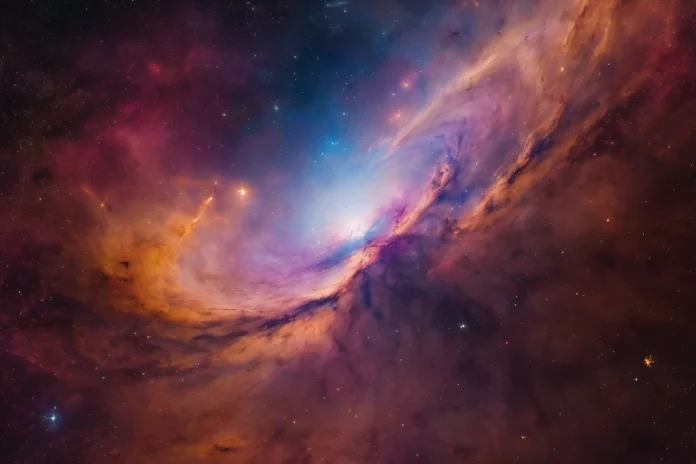For centuries, musicians have searched for inspiration from the cosmos, and now, a new collaboration is transforming raw data from NASA telescopes into playable music—music from cosmic datasets. Since 2020, NASA’s Chandra X-ray Center has initiated a “sonification” project, translating digital data into musical notes, offering a unique auditory experience of astronomical phenomena, where celestial melodies harmonize with scientific exploration.
From Data to Sound
The sonication process turns digital data captured by telescopes into audible notes, offering an alternative to visual representations of astronomical data. Kimberly Arcand, Chandra’s visualization and emerging technology scientist, highlights the importance of this sonic translation: “Translating these data into sound was a big step.”
Composing with the Cosmos
Taking this project further, composer Sophie Kastner collaborated with the Chandra team to create versions of the data that musicians could play. Kastner shares her perspective, describing the project as crafting ‘short vignettes of the music from cosmic dataset’ and treating it like a film score. This approach allows a more exact and humanized exploration of the cosmic dataset.
Spotlight on the Galactic Center
The pilot program focuses on a small region at the heart of our Milky Way galaxy, home to supermassive black holes. NASA’s Chandra X-ray Observatory, Hubble Space Telescope, and retired Spitzer Space Telescope have extensively studied this area. The sonification, combined with Kastner’s musical touch, brings forth a new composition titled “Where Parallel Lines Converge.”
Creating Musical Picture
Kastner strategically selects small sections of the astronomical image to make the data more playable for musicians. It enhances the musicality of the data and draws attention to specific elements within the larger dataset. Arcand highlights the human touch in this process: “We are using different tools, but the concept of being inspired by the heavens to make art remains the same”.
Expanding the Cosmic Symphony
Sophie Kastner envisions expanding the pilot composition project to other objects in Chandra’s data sonification collection. The goal is collaborating with more musicians interested in incorporating these cosmic sounds into their compositions. Kastner’s piece, “Where Parallel Lines Converge”, is available for musicians who wish to explore the cosmic symphony at home, with sheet music accessible on the Chandra X-ray Center’s website featuring the mesmerizing music from cosmic dataset.
Music from Cosmic Dataset
This innovative initiative aligns with the timeless human tradition of finding inspiration in the night sky. Kimberly Archand notes, “In some ways, this is just another way for humans to interact with the night sky as they have throughout recorded history”.
As the cosmic symphony unfolds, immerse yourself in the celestial harmonies of ‘music from the cosmic dataset.’ This transformative blend of raw astronomical data and captivating music invites a unique exploration, bridging science and art in the vast expanse of the universe.



